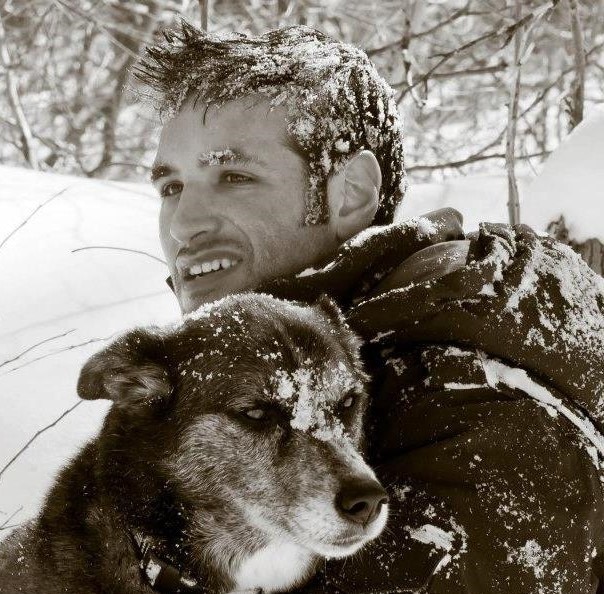Running with allergies: What to know for symptom-free runs

Spring is finally upon us, and there is much rejoicing. But for those of us who will now be running with allergies, how can we do so safely and with minimal impact on our workouts?
After months of dodging the winter weather and hiding in the shelter of our homes on treadmills, we can finally take our runs back outside and enjoy the sun. Of course, part of the glory of spring also means the plants are waking up. And producing pollen. For the roughly 50 million Americans who deal with pollen allergies, this can add an unwanted challenge to our workouts.
Know your enemy.
The first step in running with allergies is prevention. And, in this case, that means knowing what your triggers are. There may be specific types of pollen, like grass and ragweed, that bother you more than others. While you can technically figure this out through observation — paying attention to what's in bloom and the effects on your allergies — this really isn't the best solution.
For one thing, this approach requires you to be constantly aware of the active allergens in your area. But it also means you won't know whether or not you're actually allergic until you go for a run and experience those unpleasant symptoms. So, this strategy is slow, a little challenging, and means you have to subject yourself to a barrage of potential allergens.
Ideally, you can instead visit an allergist who will test you for the most common allergens in your area. Through a simple skin prick test, your doctor can identify exactly which allergens you need to avoid. Once you have this information, you can plan accordingly.

Knowledge is power.
Armed with the identity of your allergenic assailants, there's quite a bit you can do to minimize the symptoms you might experience on your runs. First, you might be able to just avoid running in areas where those particular plants grow. Of course, if you're allergic to something extremely common, like certain types of grass, this might not be practical.
Fortunately, there are resources — including some weather websites — that will give you a detailed report of the level of specific allergens in your area. My town, for example, currently has high levels of juniper, oak, and bald cypress pollen. Fortunately, none of those bother me. Which means I'm all clear to run outside without any extra precautions.
The right tools
Beyond just avoiding the offending plant life, you might decide — under the direction of your doctor — to use some medication in an effort to reduce the symptoms of your allergies. While this can be a very effective approach, it can also be a bit tricky.
Some medications, like decongestants, can have some potentially serious side effects like elevated blood pressure and heart rate. As you might imagine, this does not mix well with a challenging workout. In fact, many decongestants are banned in professional competitions and could lead to disqualifications.
Instead, opt for non-drowsy antihistamines. Many of these are available over the counter, but still, discuss them with your doctor to make sure they won't have any negative interactions with your workout.
Spring is an exciting time for athletes, one in which we can finally get back outside and enjoy some sunshine. And with some simple preparation and research, even those of us who deal with allergies can fully enjoy the season.
Our writer's advice is intended for informational or general educational purposes only. We always encourage you to speak with your physician or healthcare provider before making any adjustments to your running, nutrition, or fitness routines.
